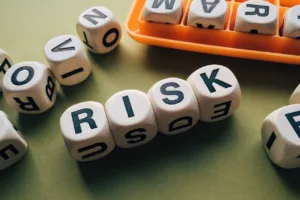
Risk Management for STEAM Programs
This module covers important topics related to dealing with safer strategies for evaluating, mitigating and managing risks in STEAM programs.

This module covers important topics related to dealing with safer strategies for evaluating, mitigating and managing risks in STEAM programs.
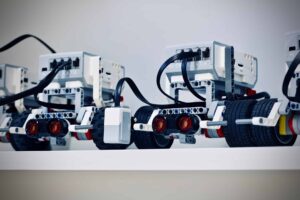
In this module, we will discuss safety training related to robots, including risk assessments and best practices.

Rocks and minerals are found in most schools and are used to illustrate the various geologic processes for students exploring sedimentary, metamorphic and igneous samples. However there are safety concerns
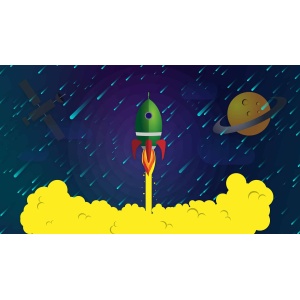
Learn about Rocket Safety and Banned Rockets in this Module.

In this module we will explore the use of signage for various components of your existing safety program in your laboratory.
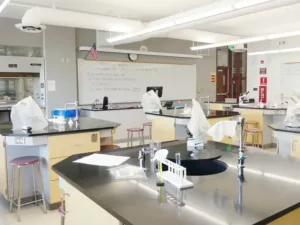
This online pathway is for science laboratory coordinators who want to develop a safety culture in their science labs. There are many safety issues that exist across a typical science

Safety is always a priority whether in a traditional face-to-face environment, and even more so in a distance/remote model.
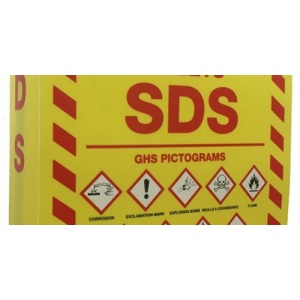
A Safety Data Sheet is the standard document available for every hazardous chemical manufactured or sold in the United States.
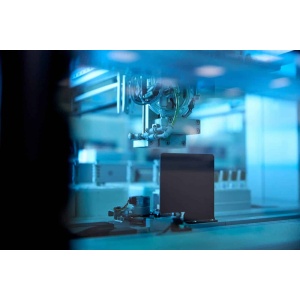
Safety operating procedures in elementary science and STEM programs.
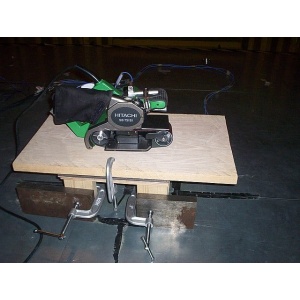
You will find multiple sanders when looking at frequently found tools in a common woodshop/construction lab or STEM lab.

Sanitizing, disinfecting and providing a safer hygienic environment for teaching and learning is the focus of this module using procedures and practices from trusted health authorities as guidance for better
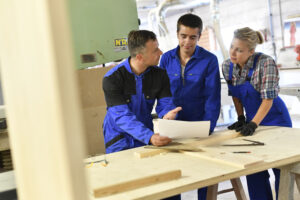
This online pathway is designed to give school administration a thorough understanding of the best practices supporting CTE safety for their students and teachers.
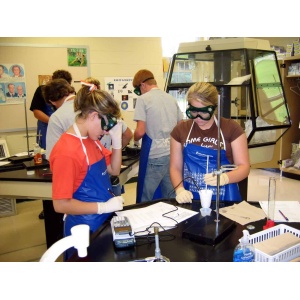
This online pathway is for school administrators who want to create and foster a culture of safety awareness across their schools.
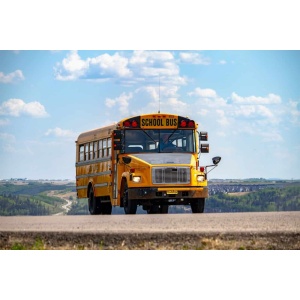
According to the National Highway Transportation Safety Administration, school buses are one of the safest forms of transportation. But there are still dangers, particularly before and after riding the bus.
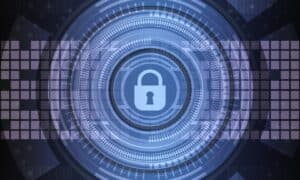
K-12 schools make tempting targets, in large part, because they have loads of data.

Common building blocks exist that can help you and your students achieve your curricular goals even in a distance education model.
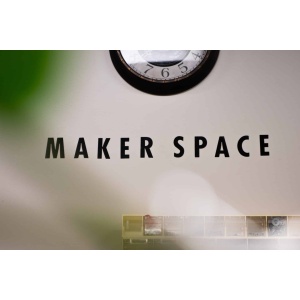
Some of the makerspace hazards, including the ultrafine particles generated during 3D printing, have not been fully characterized to date. With this in mind, careful review of the processes, development
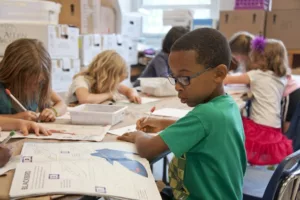
Open to access this content
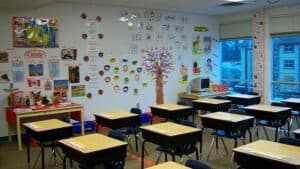
Open to access this content
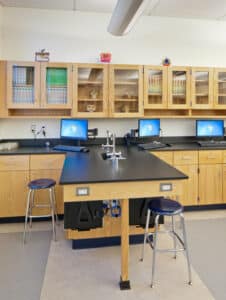
This online pathway on Science & STEAM safety awareness equips elementary school administrators with the knowledge and tools to promote safety awareness across their schools effectively.

Open to access this content

Open to access this content
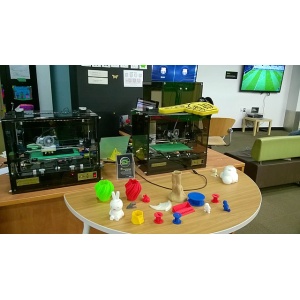
Open to access this content
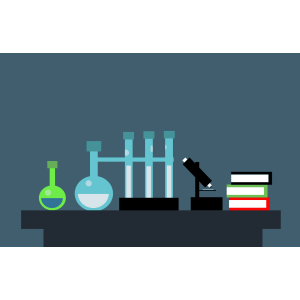
Open to access this content
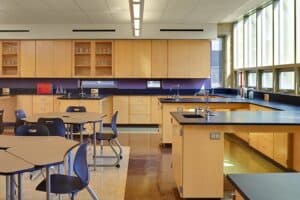
Open to access this content

Open to access this content
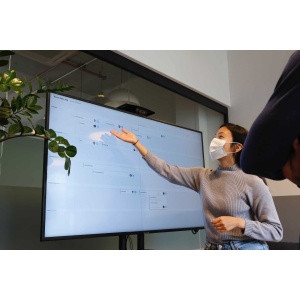
Science activities, as all content area lessons which require active student involvement, carry special concerns for safety. In this module you will learn how to assess the level of safety
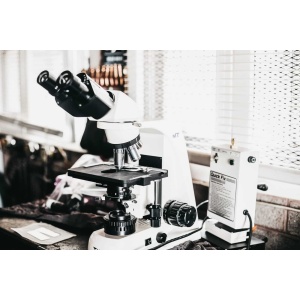
This module addresses safety concerns around chemicals, electricity, and glassware.
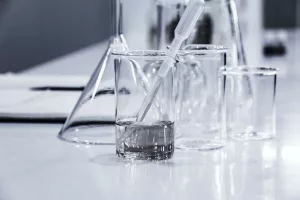
Open to access this content

A formal, cohesive, holistic process for Science, STEAM, CTE, and lab safety that allows organizations to manage and mitigate program delivery hazards and risks, making organizations and schools safer.
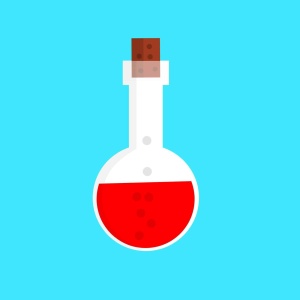
This online pathway provides a Science Safety course for K-8 teachers who want to build safety awareness around science and STEM activities.
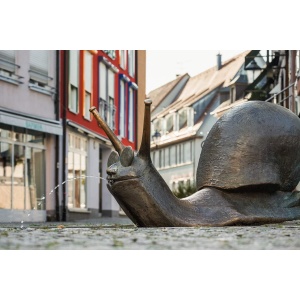
Dangers and safety recommendations related to sculpture.

This online pathway aims to enhance safety awareness for secondary school administrators, such as principals and vice principals, by helping them understand various safety concerns and issues related to Science

This online pathway is for high school science department chairs who want to develop a safety culture in their science and STEM classrooms. The department chair should
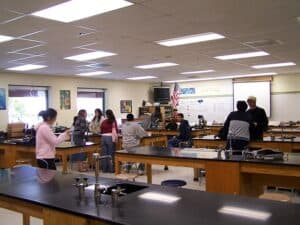
SEL, Science and STEM have a uniquely beneficial relationship. In Science and STEM education, the collaborative nature of learning opens up SEL opportunities.
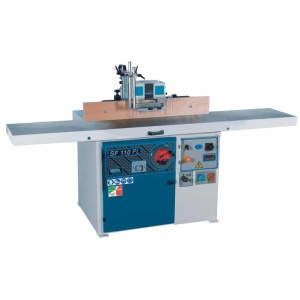
Shapers can be dangerous if not used properly. This module provides an outline of Shaper Safety.

Slips, trips, and falls cause nearly 700 fatalities per year and many more injurious accident in the workplace according to the Bureau of Labor Statistics. In this module you learn

It’s often noted that humans are the weakest link when it comes to cybersecurity.

Social media guidelines for ages 13 and older, including posting responsibly.

Light from the sun, even during eclipses of the sun, is harmful when viewed directly. In this module you learn about how students can observe the daytime sky and eclipses

Many hands-on STEM activities and demonstrations require the use of a heat source. The challenge is to determine the appropriate heat source based on safety while still meeting the needs
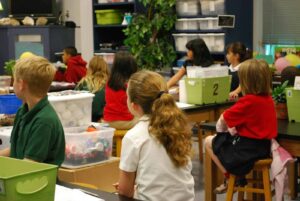
Planning your STEM program and activities will take some thought and time, but the results will be much richer learning and deeper understanding (safely) for your students. Designed for elementary

Like science labs, STEM Labs (science, technology, engineering, and math) require STEM lab safety and security measures, with an emphasis on safety training, personal protective equipment (PPE), standard operating procedures,

For students going into general science courses. Covers basic procedures and policies necessary to ensure the safe operation of their science laboratories. In this course we investigate common safety protocols
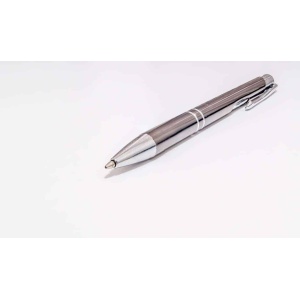
In this module you will learn about the difference between a safety acknowledgement form and a safety contract.

There are a significant number of students who have been diagnosed as either hard of hearing or deaf.

This online pathway is specifically designed to provide insight and examples of how to provide equitable access to education for all students, including those with additional needs.
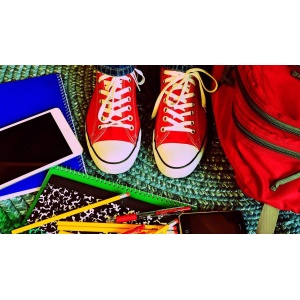
Not all students arrive in your classroom with the same levels of experience, academic, physical, social or emotional achievements.
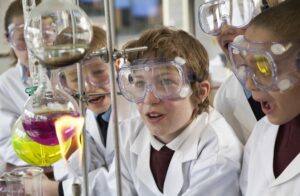
Every student is entitled to equitable access to education. In this module we will look at some strategies and best-practices that you can use in your science and STEM program

Explore strategies to support students with Autism Spectrum Disorder that have been successful for other educators in science and STEM.
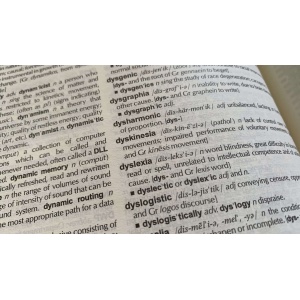
This module will provide some insights in how to help students who may have dyslexia.

Explore strategies and their applications in your classroom to better support students with visual impairments.

School personnel have a legal and ethical responsibility to recognize and respond to suicidal thinking and behavior. Schools must have clear policies and procedures for what to do, as well


Open to access this content

In this course you will explore some of the common building blocks, or frameworks that exist that can help you and your students achieve your curricular goals in a safe

Explore key recommendations that have been tested and revised in the traditional distance education model.

The module on temperature rising will help students explore the concepts of heat using their mini-research stations. Temperature Rising takes students on a unique—and fun—path of inquiry as they

Open to access this content
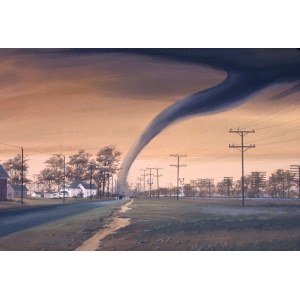
In this module you learn about the destruction of tornados, the importance of planning, and how to run drills.
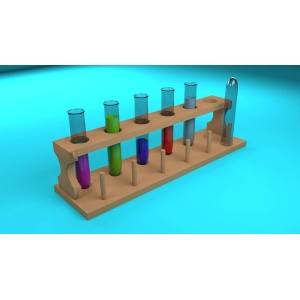
Students with disabilities face access challenges to typical science labs in K-12 and postsecondary settings.
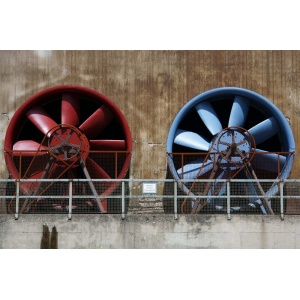
Ventilation in a laboratory is critical for a safe and healthy operation. Little or no ventilation can allow the build up of harmful vapors, respiratory symptoms and more.

Proper ventilation is a key prevention strategy for maintaining healthy environments and, along with other preventive actions, can reduce the likelihood of spreading disease.

In this new world of video calls, it’s more important than ever that we use good good cyber safety practices during every meeting we attend.

This module will help you choose virtual activities and always make safety a priority.


In this online pathway, you will learn about risks, hazards, and safer practices in painting, ceramics, photography, jewelry, printing and printmaking, metalworking, welding, and woodworking, as well as the associated
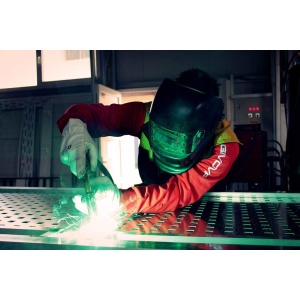
In this module you will explore welding technology, the associated hazards, risks, and strategies to minimize those concerns through a combination of best-practices, safety procedures and a thorough understanding of
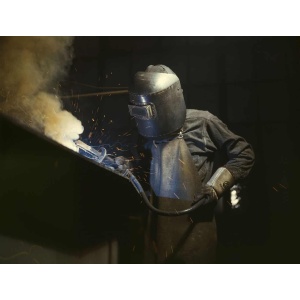
Welding fumes are a complex mixture of metals metallic oxides, silicates and fluorides.
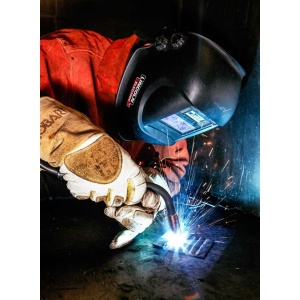
Learn about safety protocols related to welding ventilation with examples of local exhaust ventilation.
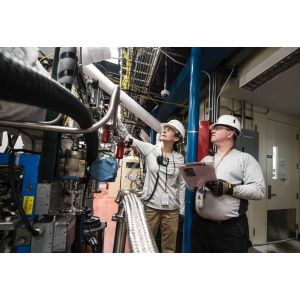
This module is designed to help you prepare to participate in a safer workforce.

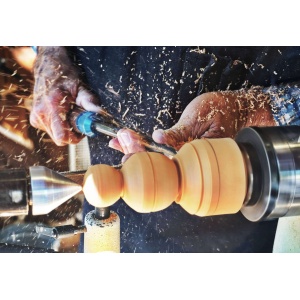
Wood dust is created during all stages of wood processing, including sawing, routing, sanding, and other operations.
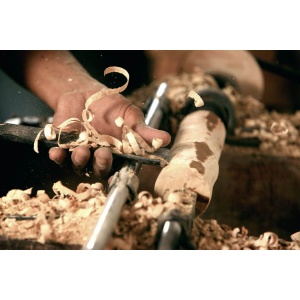
A wood turning lathe can be dangerous if not used properly.
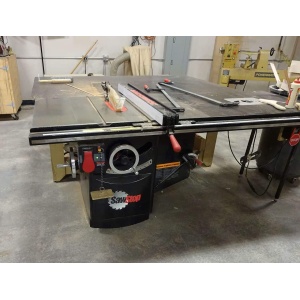

This online pathway is for Woodshop & Construction Lab educators who want to learn how to develop a safety awareness culture around their programs.
There was a problem reporting this post.
Please confirm you want to block this member.
You will no longer be able to:
Please allow a few minutes for this process to complete.